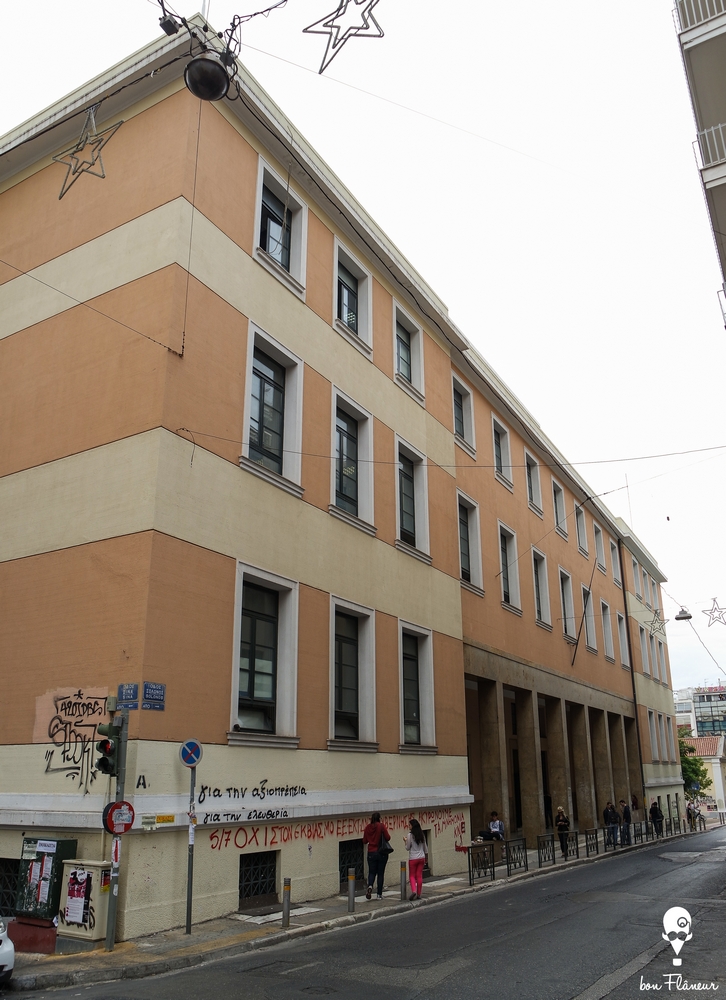Athens Law School
One of the buildings of School of Law in Athens.
Location
Timeline
Modern and Contemporary era (1821 - )
1837 The Law School was founded.
1880 The first building was constructed.
1936 The building on Solonos Street was completed.
1975 The building of Solonos Street was expanded until Massalias Street.





Share